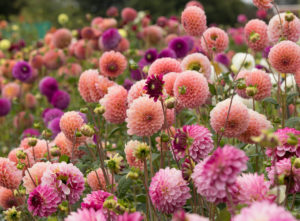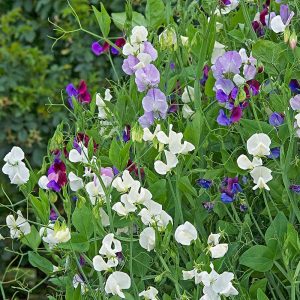Each year, plant breeders produce a wide variety of new annuals. For our Product Development team, the challenge is to see as many as possible, choose new introductions that might be right for our customers, and trial them to ensure they’re everything the breeders say they are.
The process starts fresh each year with staff members seeking out new annuals in their travels to botanic gardens, vendor open houses, and trade shows. They also seek out hard-to-find plants they come across in industry web articles, e-newsletters and other publications. Another prime source for annual introductions is what’s known as the California Spring Trials, which take place annually in April on the West Coast. The California Trials are a whirlwind with approximately 30 different plant breeding companies showcasing introductions at roughly 18 venues spread out from central California to just north of Los Angeles. The staff member who’s selected to go covers all of that ground in five or six days, taking notes and photos along the way. Hundreds of new introductions are on display with petunias and calibrachoas generally leading the list. While we make it a point to trial a small number of these, many are spinoffs of what’s already on the market. We concentrate instead on top performing plants that not all retailers may be focused on.
Back in Connecticut, we put together a list of new annuals we’d like to trial. We use our notes and photos to winnow down the choices. We order samples, and we wait. In early April, samples arrive from the growers, and we grow them on so they’re ready to be planted outside. Depending on the year, they might range from Ageratum to Angelonia, Lantana to Lobelia, Calibrachoa to Coleus, and every annual in between. Vegetable trials are included in the process, and they run a gamut from new Tomatoes to Kale to Cucumbers. Some years, the trials can focus on a particular plant such as Fuchsias or Begonias because our Product Development team has found some unique forms and flower colors, and, if that’s the case, we’ll get a number of varieties to try.
For our own trials, about eight staff members are given samples of each new plant. This year, those of us participating in the trials each received 9 flats. That’s a lot of plants! The flats are generally handed out just before Memorial Day Weekend, and many of us spend the holiday (happily!) potting up trial plants or putting them in our garden beds. Product Development Coordinator Ray Hinman sends around a spreadsheet asking us to record how many of each plant we received (1 or 2), and where we planted it (garden or container). He also includes prompts encouraging notes on the plant’s vigor, color, overall growth and uniformity, and anything else that strikes us as noteworthy.
Staff members care for their charges through the summer and into fall, charting the progress of the introductions. Because staff members live in various parts of the state of Connecticut, the same plants are put to the test in a variety of zip codes, soils, conditions and microclimates. Some of us have raised beds, others put plants directly in the garden, and most of us have a bazillion container pots. We’re all diligent about watering and feeding plants because that’s what the trials are about.
Not all of the plants make it through the trials. Some fail to thrive. (Two years ago, a particular Begonia looked fabulous for weeks then suddenly, with no visible sign of distress and with no event or animal to blame, it broke into pieces. Because it happened to several of us in separate gardens, it seemed fair to say the plant had a problem.) Other plants offer too short a season of interest to be considered, or they too closely mimic plants we already sell. Each season also brings a share of the mishaps and accidents that are part of life: The dog chases a ball through the perennial bed; the kids kick a soccer ball astray; the neighbor or friend who was hired to water the plants during a summer vacation either over- or under-does the job.
But among the survivors, we look for standouts, and it’s absolutely wonderful when we find them.
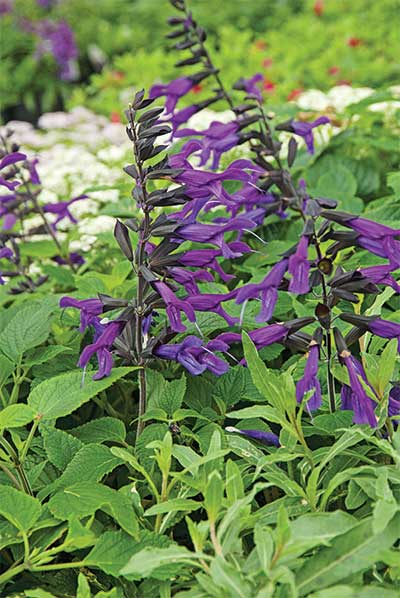
We trialed Salvia ‘Amistad’ in 2014, and it proved an immediate favorite with staff members and hummingbirds alike. The dark, royal purple blossoms emerge from near black bracts on a fuss-free plant that blooms from summer to frost. Customers seem to have discovered its charms, too. It sold out early this season, which means we’ll be increasing stock for next spring.
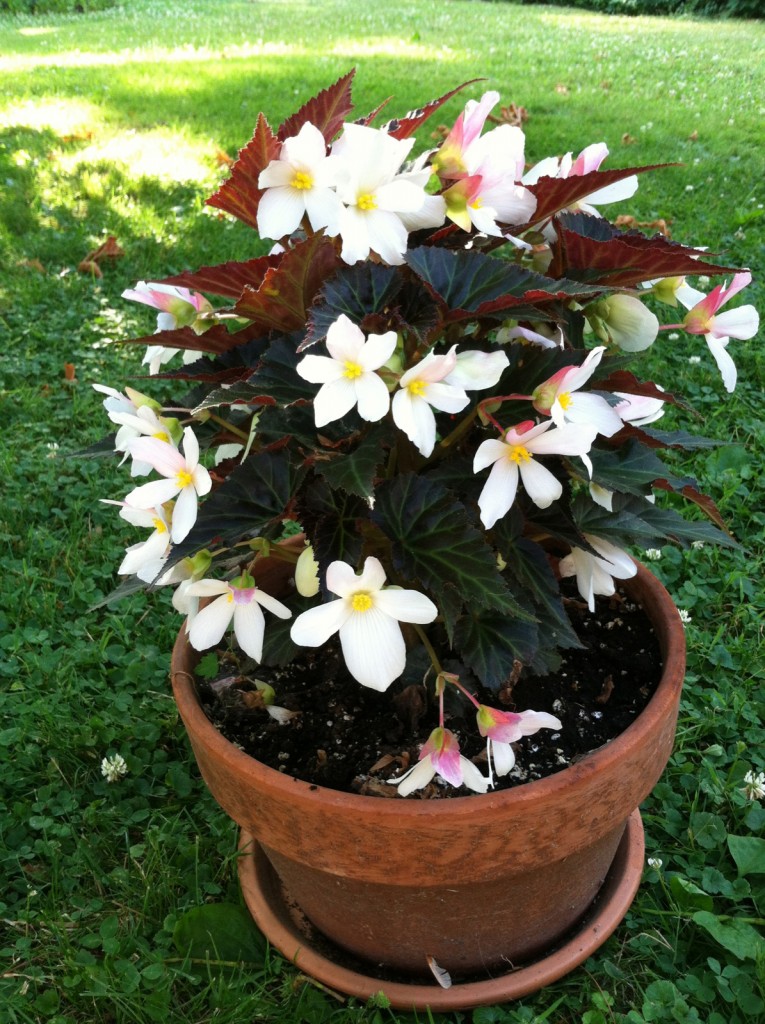
Another easy winner in 2014 was Begonia ‘Unstoppable Upright White.’ This remarkably robust and floriferous plant produces a perpetual supply of single white flowers that are brushed with pink and highlighted by yellow centers. They are complemented to perfection by dark green foliage with maroon undersides. The plant requires little care aside from regular watering, and it looks stunning all season in the garden or container pots.
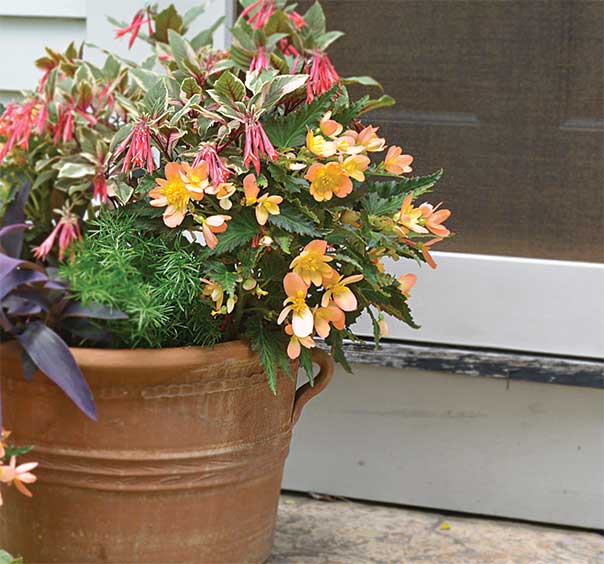
Begonia ‘Unbelievable Lucky Strike’ was an easy choice for star status in the 2015 trials. This long-blooming Begonia produces masses of semidouble, bicolor blossoms in radiant shades of yellow and apricot. The foliage is the other attraction. It has serrated leaves in a distinctive olive green that are lightly detailed with red to complement the warm bloom tones.
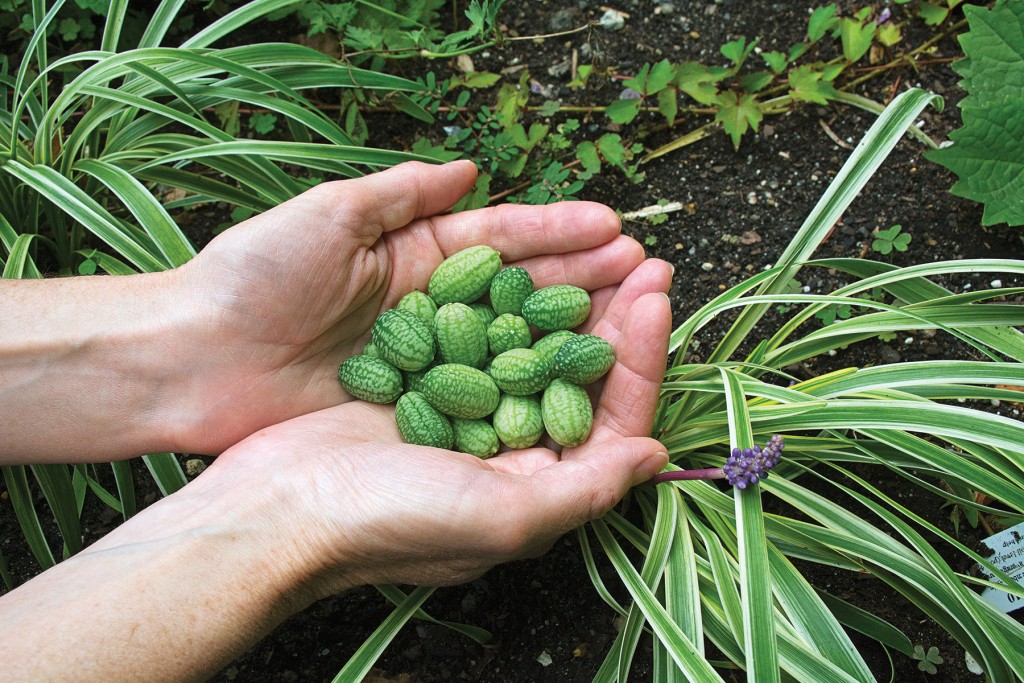
Among last year’s vegetable trials, the Cucamelon Mexican Sour Gherkin delighted everybody. Delicate vines produced a remarkable number of small, specialty Cucumbers that resemble tiny, 1” watermelons. Firm-textured and bite-size, they’re great for pickling.
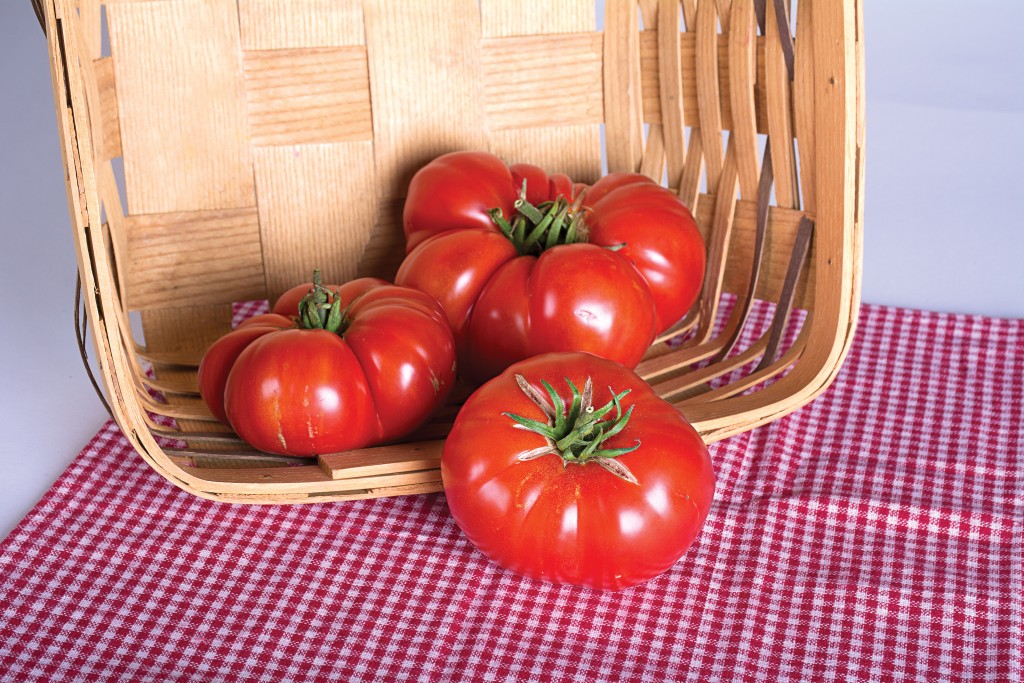
Also a hit in last season’s veggie test was delicious, productive Tomato ‘Genuwine.’ This Heirloom Marriage™ variety is a cross between longtime favorites ‘Brandywine’ and ‘Costoluto Genovese.’ Plants produce large, deeply furrowed, dark red slicers with a firm texture and a rich taste. They’re superb for salads and sandwiches. Word seems to have gotten out about this treasure because it was an early sell-out at our Great Tomato Celebration this spring.
When the growing season ends, Ray collects notes from each staff member who participated in the trials. He and others on the Product Development team review the results, and a number of plants are selected for inclusion in the following year’s spring offering. At that point, our customers get to try these outstanding plants in their own gardens, and we love to hear about your results.

